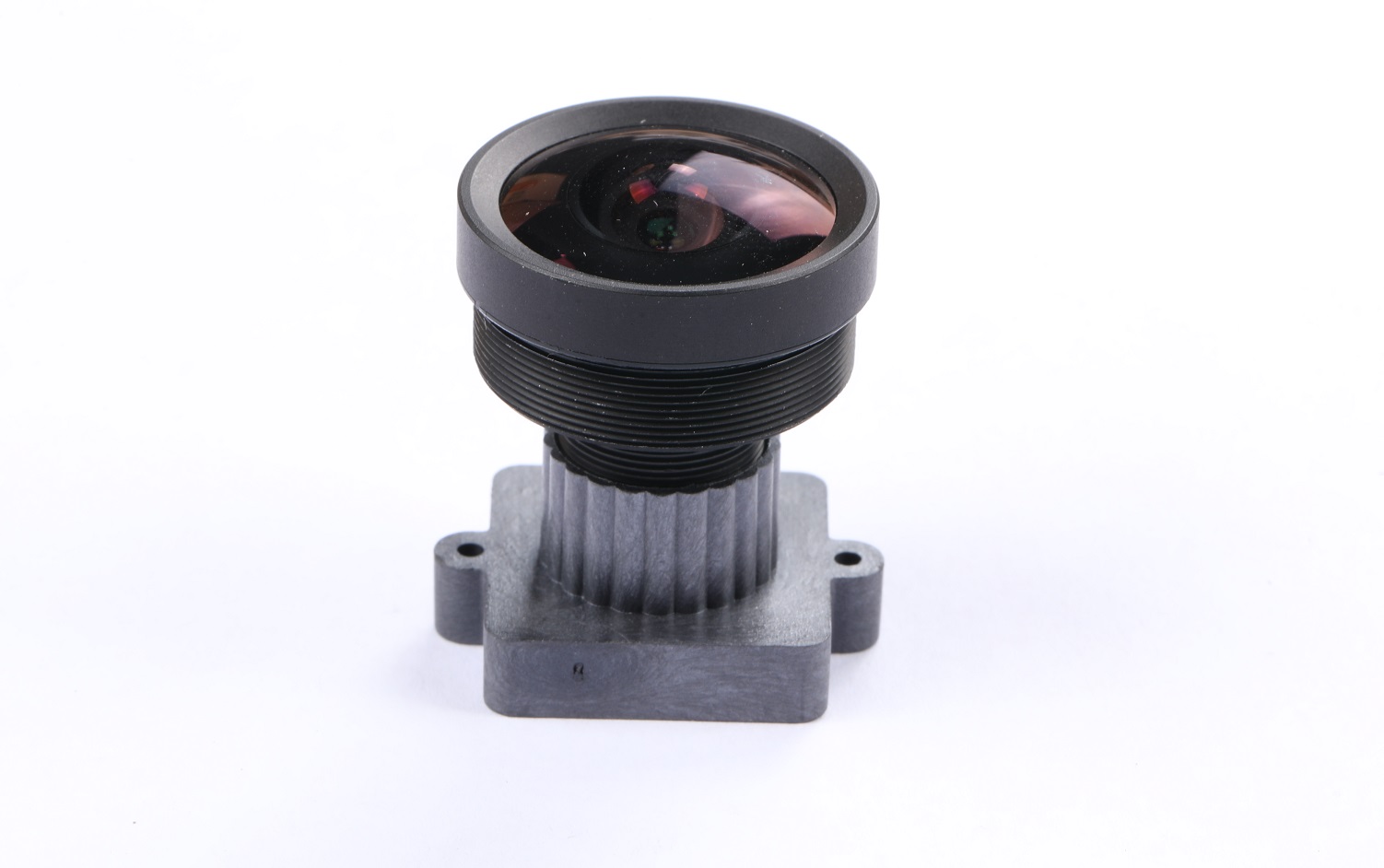Industrial News
Ensuring Proper Care and Maintaining Hygiene

When it comes to using medical lenses, it is crucial to ensure safety measures are followed diligently. These lenses play a vital role in various medical procedures, including diagnostic examinations and surgeries. To promote patient well-being and prevent any potential complications, it is essential to be aware of and adhere to common precautions for using medical lenses.
1. Regular Cleaning and Disinfection
One of the foremost precautions to observe is the regular cleaning and disinfection of medical lenses. This practice helps to maintain optimal lens hygiene and reduce the risk of infections. Depending on the type of lens, specific cleaning instructions should be followed, including the use of appropriate cleaning solutions and techniques.
Disposable lenses should not be reused and should be discarded after a single use. On the other hand, reusable lenses should be thoroughly cleaned and disinfected after each use. Proper lens cleaning not only ensures patient safety but also enhances the longevity and performance of the lens.
2. Proper Storage and Handling
Proper storage and handling of medical lenses are critical in preserving their quality and preventing damage. Lenses should be stored in a clean and dry environment, away from direct sunlight or extreme temperatures. It is essential to follow the manufacturer's instructions on proper storage conditions.
Additionally, when handling lenses, it is vital to maintain strict hygiene practices. This includes thoroughly washing hands before touching lenses to prevent the transfer of any harmful bacteria or contaminants. Disposable gloves can also be used to minimize the risk of contamination during lens handling.
3. Regular Inspection and Maintenance
Regular inspection and maintenance of medical lenses are essential to identify any signs of damage or wear. Before every use, lenses should be carefully examined for scratches, cracks, or any other abnormalities. Damaged lenses should not be used, as they can compromise both patient safety and accurate medical diagnosis.
Furthermore, it is crucial to follow the recommended maintenance schedule for each specific type of lens. This may involve routine inspections, calibration, and replacement of certain parts as needed. By adhering to these maintenance practices, the performance and effectiveness of the lenses can be maximized, ensuring reliable and accurate medical results.
In conclusion, the proper use of medical lenses necessitates strict adherence to safety measures. Regular cleaning and disinfection, proper storage and handling, as well as regular inspection and maintenance, are key precautions to ensure patient safety and the longevity of the lenses. By diligently following these precautions, healthcare professionals can confidently utilize medical lenses to provide effective and accurate medical care.
 English
English  German
German Japanese
Japanese Korean
Korean Vietnamese
Vietnamese French
French Spanish
Spanish भारत
भारत



